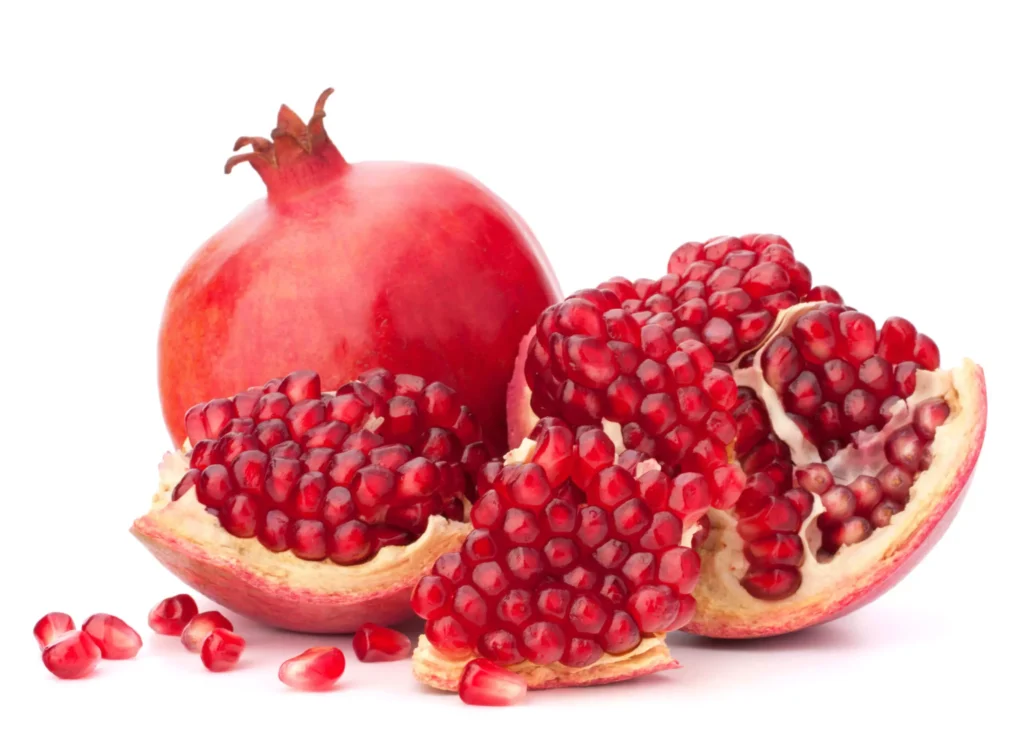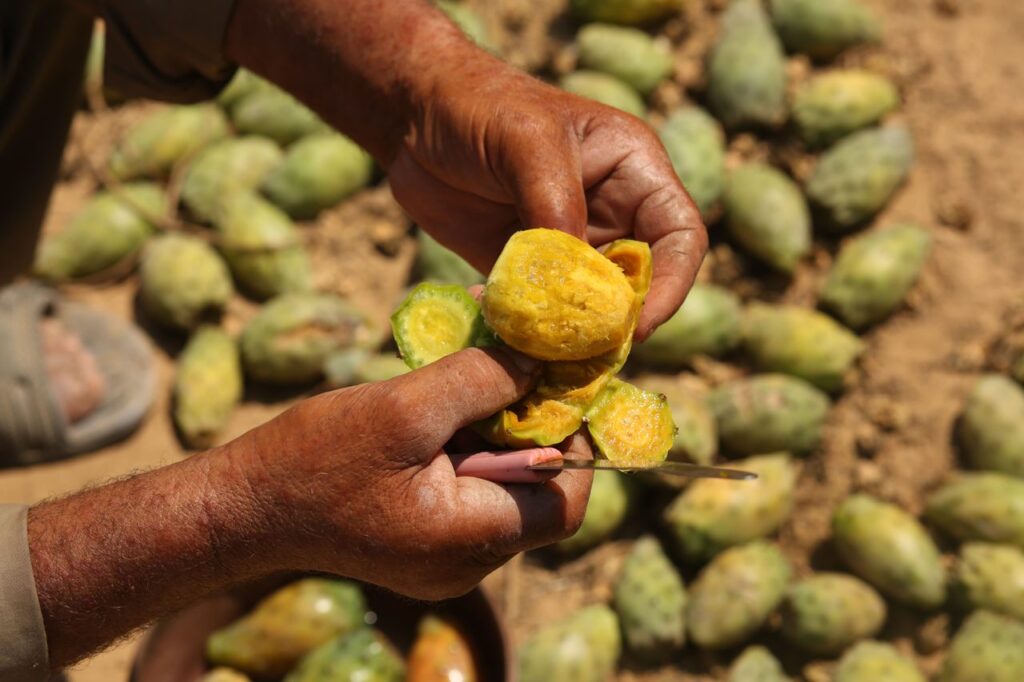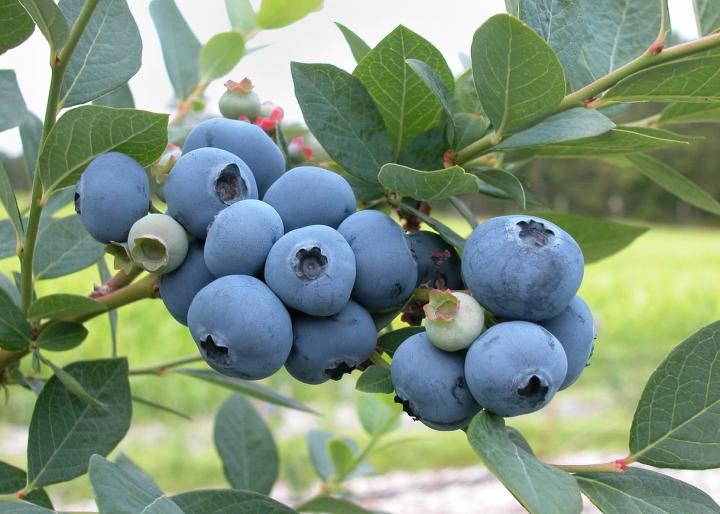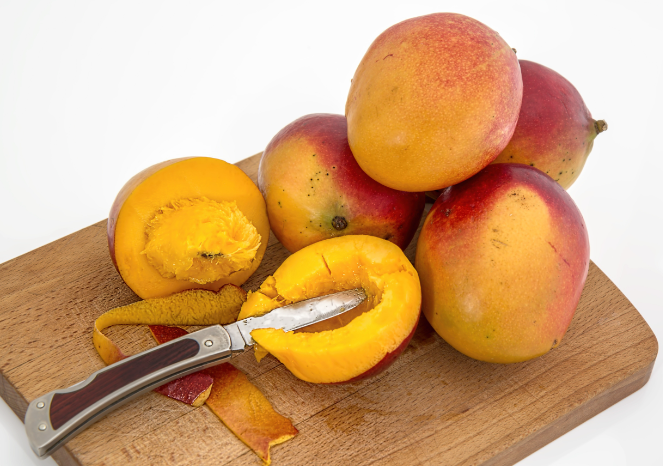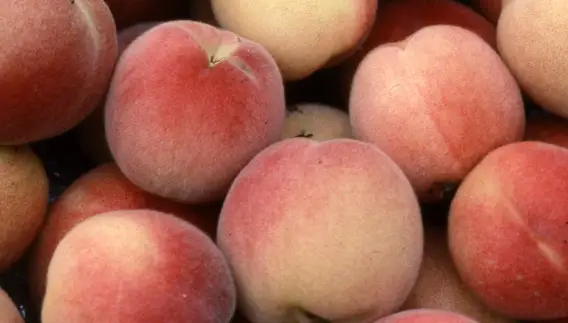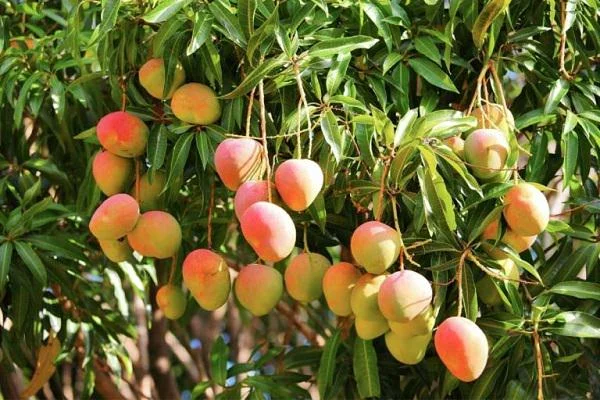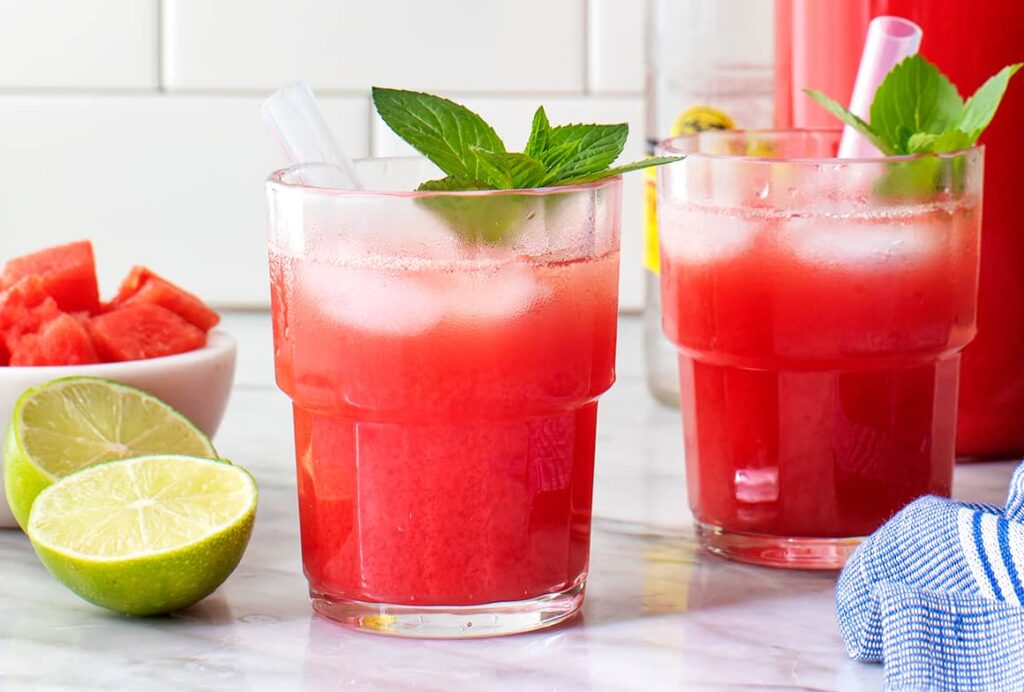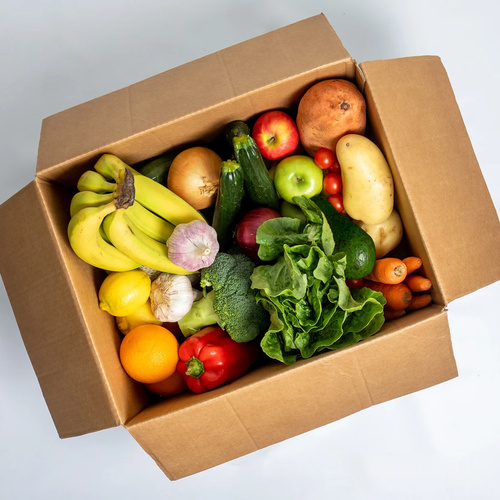Many people love to blend fruits to make tasty and healthy drinks. Blending different fruits together is a quick way to drink more fruit. But some people worry that blending might make the fiber in fruit go away. Let’s look closer at this and learn the truth about blending fruits and fiber.
Table of Contents
- What Is Fiber and Why Is It Good for Us?
- What Happens When You Blend Fruits?
- Can Blending Fruit Take Away Its Fiber?
- How Much Fiber Is in Blended Fruit?
- Why Blended Fiber Is Good for You
- What About Blended Fruits and Soluble Fiber?
- Does Blending Help Insoluble Fiber?
- Blending vs. Juicing: Which Keeps More Fiber?
- How to Get the Most Fiber from Blended Fruits
- Conclusion
- FAQs
- Is blended fruit as fiber-rich as whole fruits?
- Can I blend fruits without peeling them?
- Can I add more fiber to my blended fruits?
What Is Fiber and Why Is It Good for Us?
Fiber is a part of plants like fruits, vegetables, grains, and beans that our bodies can’t digest. There are two kinds of fiber: soluble and insoluble. Soluble fiber can dissolve in water and become a soft gel, helping to control sugar levels and make you feel full. Insoluble fiber doesn’t dissolve, instead, it helps food move through your digestive system and keeps your bowel movements regular.
Eating enough fiber is great for your health. It keeps your digestion working well, helps keep blood sugar stable, makes you feel full, and helps you maintain a healthy weight. Fiber is also important for feeding the good bacteria in your gut, which keeps your digestion healthy.
What Happens When You Blend Fruits?
When you blend fruits, you mix the whole fruit, including the skin and the flesh, into a creamy liquid. Blending breaks the fruit apart and lets out all the nutrients and juices.
When fruits are blended, the fiber in them doesn’t go away. It just gets cut up into smaller pieces. This can actually make the fiber easier for your body to use.
Can Blending Fruit Take Away Its Fiber?
Nope, blending fruit doesn’t take away its fiber. Even though blending chops up fruits, the fiber stays in there. It might even help your body use the fiber better.
So when you blend fruits, you still get both types of fiber. This is good for your stomach and helps you feel healthy. You don’t have to worry about losing any fiber when you make a fruit smoothie.
How Much Fiber Is in Blended Fruit?
People sometimes think blending fruits lowers the fiber, but that’s not true. The blending does change how the fiber looks and feels, but it’s still there in your drink.
The amount of fiber in your blended drink depends on the fruits you use, how long you blend, and the way you blend them.
Why Blended Fiber Is Good for You
Blended fruits can make it easier to get more fiber. Since the fruit is chopped up, your body can digest and take in the fiber better. This can be especially helpful for people who have trouble eating whole fruits or who have sensitive stomachs.
When you blend fruits, you usually keep the skin on, which has lots of fiber. Often, when we eat fruit by itself, we toss the skin, but blending uses the whole fruit so you get all the fiber.
What About Blended Fruits and Soluble Fiber?
Fruits like apples, pears, and oranges have a lot of soluble fiber, which turns into a gel when mixed with water.
When you blend these fruits, you can get the soluble fiber out more easily. And, this fiber helps make your blended drink thick and smooth.
Does Blending Help Insoluble Fiber?
Insoluble fiber is in fruits with seeds and peels that you can eat, like strawberries and cucumbers. It helps with digestion.
Blending these kinds of fruits breaks them down so your stomach can handle the fiber easier. By including these fruits in your smoothies, you keep the insoluble fiber that’s good for your gut.
Blending vs. Juicing: Which Keeps More Fiber?
It’s interesting to see how blending keeps fiber compared to juicing. When you blend, you keep all of the fruit, which means you keep all the fiber. But, juicing takes out the fiber-filled parts, so you get less fiber.
Juicing gives you mostly soluble fiber because it removes the parts with insoluble fiber. You still get some good stuff, but you lose a lot of the fiber that helps with digestion.
How to Get the Most Fiber from Blended Fruits
If you want to make sure you’re getting plenty of fiber in your fruit smoothies, remember these tips:
- Use different fruits to get both types of fiber.
- Pick fruits with skins and seeds you can eat to get more fiber.
- Don’t blend too much, because it could cut the fiber into really small pieces.
- Always use fresh, ripe fruits to get the most fiber and other nutrients.
Conclusion
So, blending fruits does not take away the fiber. It actually breaks down the fruit so your body can use the fiber better.
By blending fruits, you can enjoy both soluble and insoluble fiber, which is great for keeping your digestion healthy and feeling good.
When making fruit blends, choose a good mix of fruits and use the ones with edible skins to make sure you’re getting lots of fiber.
If we eat fruits with their skins and seeds, we get more fiber. This is good for our health because fiber is very important for our bodies.
FAQs
Is blended fruit as fiber-rich as whole fruits?
When you blend fruits, you keep all the fiber, but eating fruits whole is even better. Biting and chewing fruits make saliva and help our stomachs break down food. But if you like, blending fruits is still a great choice to get more fiber easily and it tastes good.
Can I blend fruits without peeling them?
For sure! If the fruit has a skin you can eat, like apples, pears, or grapes, you can blend them without taking the skin off. The skins are full of good things like fiber. Just remember to clean them well to get rid of any dirt or stuff from sprays before you blend them.
Can I add more fiber to my blended fruits?
Yes, you can! To make your fruit blends even richer in fiber, you can add things like chia seeds, flaxseeds, or oats. These not only give you more fiber but also bring other healthy stuff to your drink.

